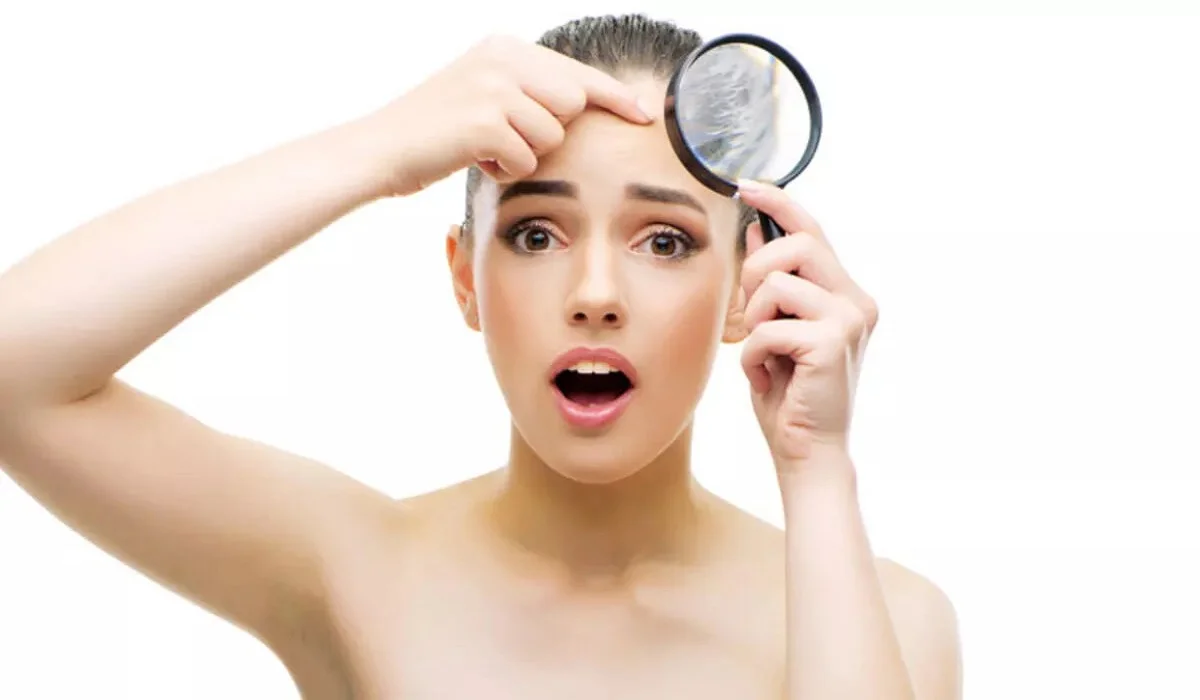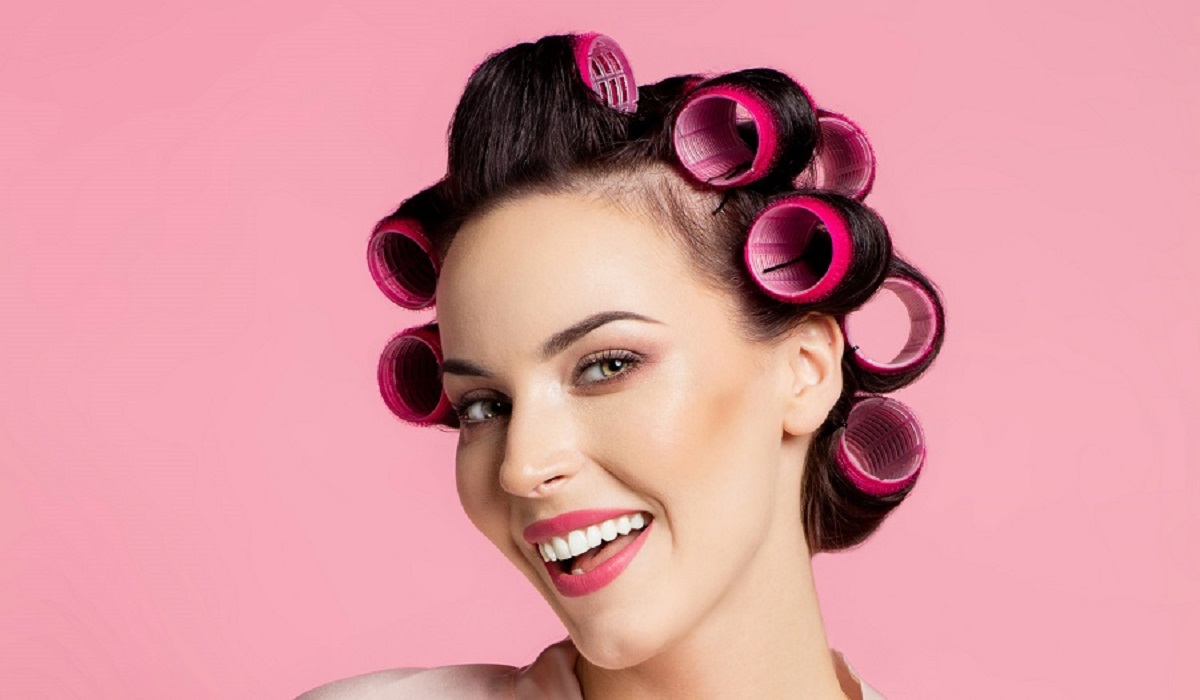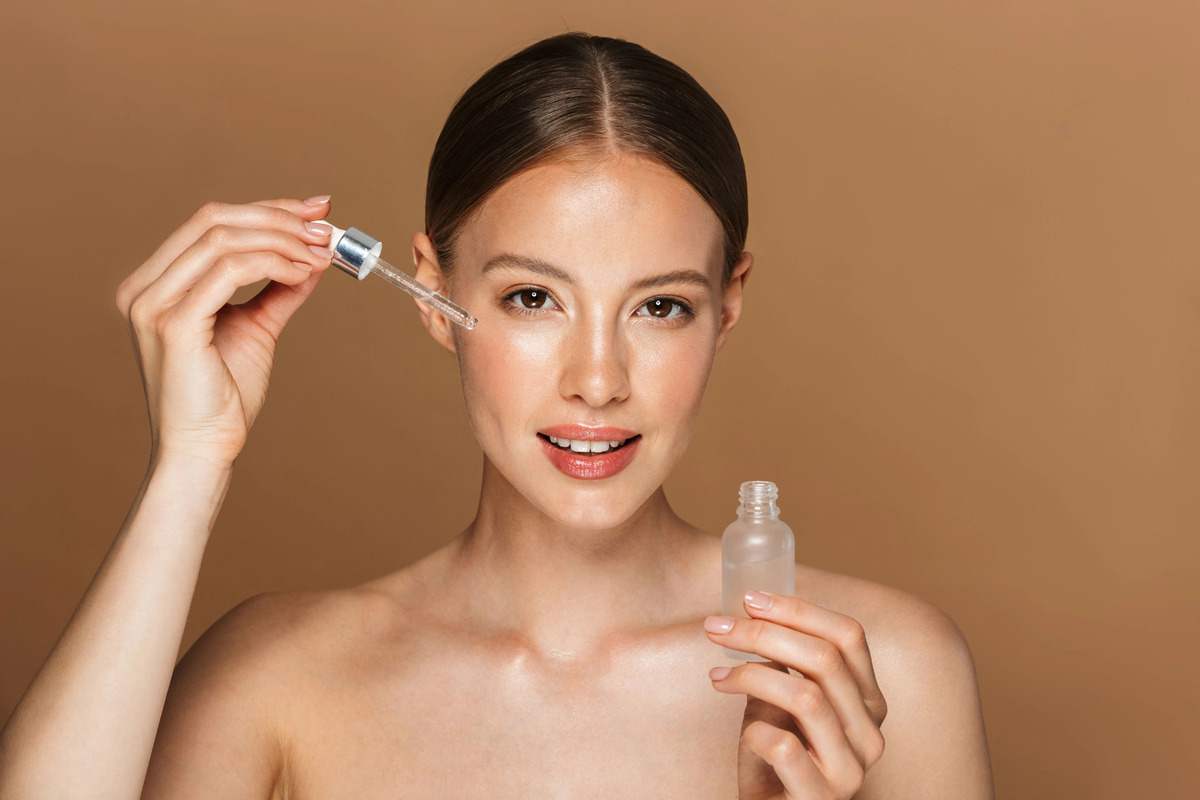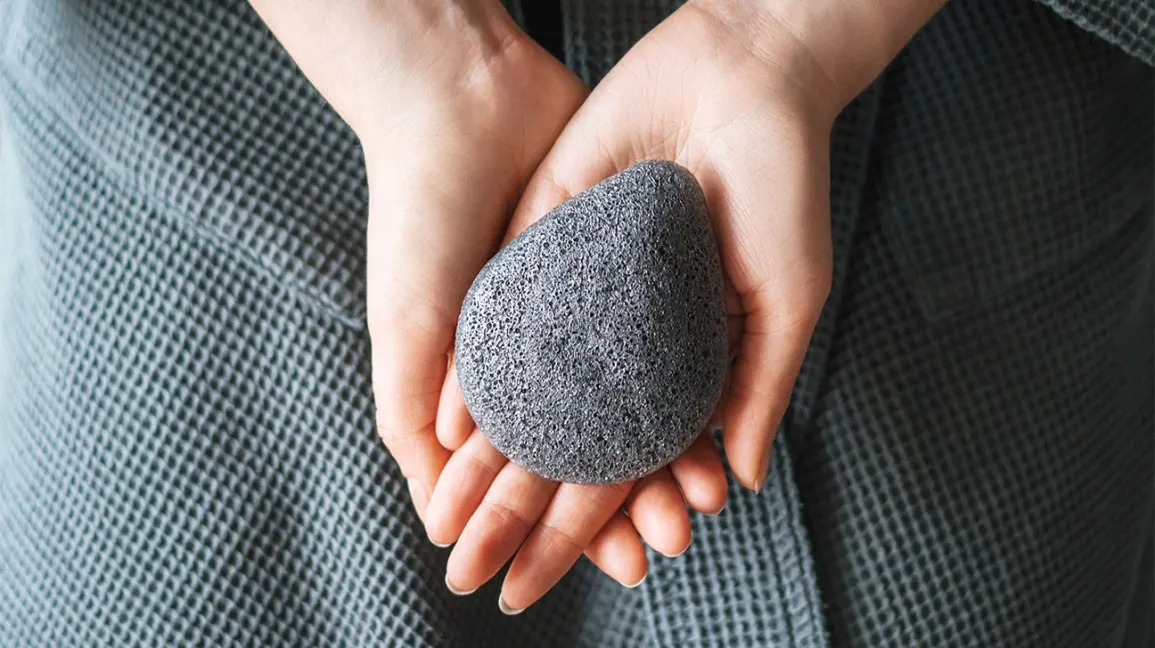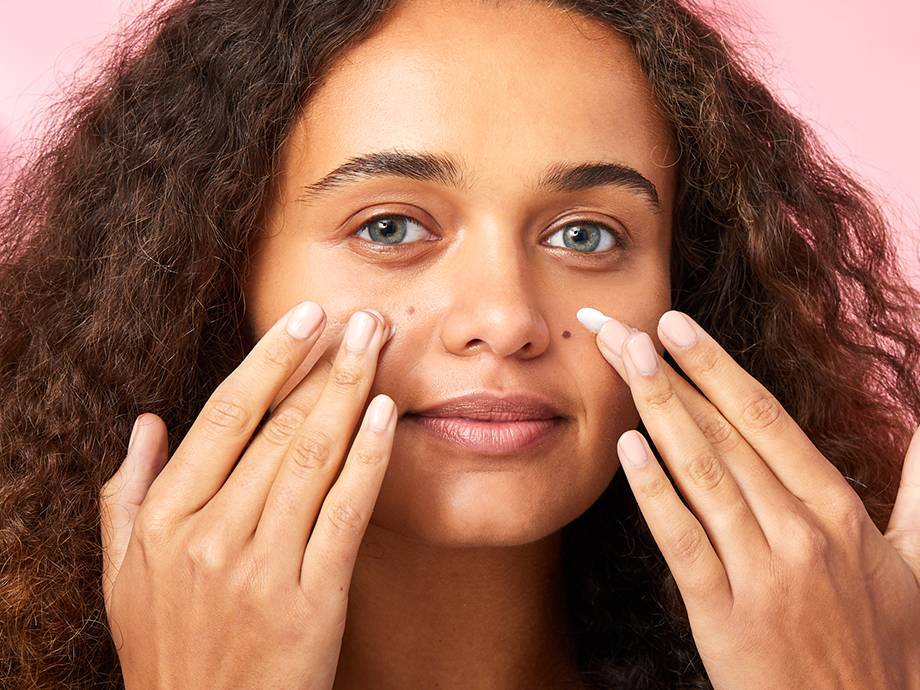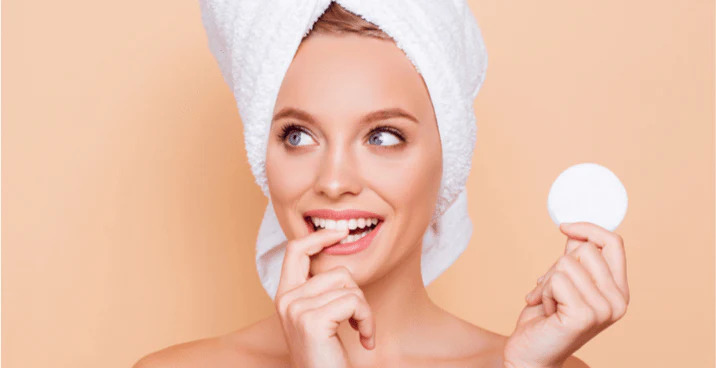
Heat styling tools like flat irons, curling wands, and blow dryers have become essential tools in our hair care routine. While these tools help us achieve various hairstyles, they can also subject our hair to high temperatures, leading to damage and breakage. This is where heat protectant products come into play. Heat protectants are designed to shield our strands from the harmful effects of heat styling, providing an extra layer of defense. In this article, we will explore the purpose and benefits of heat protectant for your hair, understanding how it works and why it is a crucial addition to your styling routine.
Understanding Heat Protectant:
Heat protectant is a hair care product formulated to create a barrier between your hair and the heat from styling tools. It typically comes in the form of sprays, serums, or creams and is applied to the hair before using heat styling tools. Heat protectants are usually infused with ingredients that can withstand high temperatures and help prevent damage caused by heat exposure.
Protection from Heat Damage:
The primary purpose of heat protectant is to safeguard your strands from heat damage. When subjected to high temperatures, the cuticle layer of the hair can become damaged, resulting in dryness, frizz, split ends, and breakage. Heat protectants form a protective coating over the hair, acting as a barrier that minimizes the direct impact of heat on the hair shaft. This helps to maintain the integrity of the hair, preventing damage and preserving its overall health.
Reducing Moisture Loss:
Heat styling can strip moisture from the hair, leaving it dry, brittle, and prone to breakage. Heat protectants are often formulated with hydrating ingredients that help seal in moisture and prevent water loss from the hair strands. By creating a barrier, heat protectants help to retain the hair’s natural moisture, leaving it hydrated, soft, and more resilient to heat-induced damage.
Minimizing Frizz and Flyaways:
Excessive heat can cause the cuticles of the hair to lift, resulting in frizz and flyaways. Heat protectants work to smooth down the cuticle layer, minimizing frizz and creating a sleeker, more polished look. They help to keep the hair strands aligned and reduce static, ensuring a smoother, more manageable hairstyle.

Enhancing Shine and Smoothness:
Heat protectants not only protect the hair but also enhance its appearance. They can add shine and smoothness to the hair, giving it a healthier and more lustrous look. By creating a protective barrier, heat protectants help to seal the hair cuticles, allowing light to reflect off the strands and creating a glossy, radiant finish.
Improving Styling Results:
Using a heat protectant can improve the overall outcome of your heat-styled hairstyle. By providing a smooth and protected surface, heat protectants make it easier to glide through the hair with styling tools, allowing for more precise and efficient styling. Additionally, the added moisture and protection help the hair hold the style for longer, ensuring your hard work doesn’t go to waste.
Suitable for Various Hair Types:
Heat protectants are suitable for all hair types, whether you have straight, wavy, curly, or coily hair. They can benefit those with fine hair, as well as individuals with thicker or more textured hair. Heat protectants can be found in formulations tailored to specific hair needs, such as lightweight sprays for fine hair or more nourishing creams for thicker or drier hair. Regardless of your hair type, incorporating a heat protectant into your styling routine can provide essential protection and support for your strands.
Heat protectant products are not just an optional addition to your hair care routine; they are a vital shield for your strands against the damaging effects of heat styling. By creating a barrier between your hair and high temperatures, heat protectants help to prevent heat-induced damage, reduce moisture loss, minimize frizz and flyaways, and enhance the overall health and appearance of your hair. Regardless of your hair type or the styling tools you use, incorporating a heat protectant into your routine is a wise decision to maintain the integrity and vitality of your locks. Prioritize the health of your hair by embracing the benefits of heat protectant and enjoy the freedom to style your hair without compromising its well-being.


